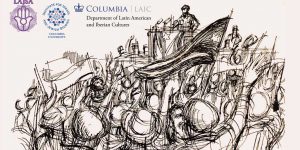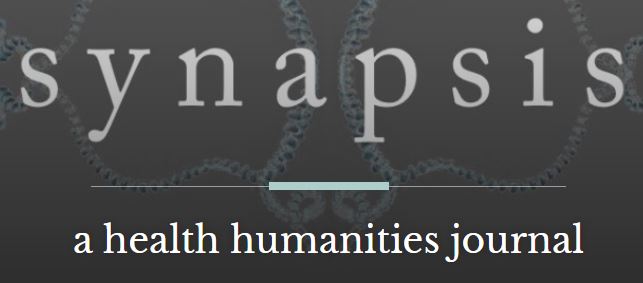
End Date : May 30, 6:00 pm
Casa Hispánica
612 West 116th Street
New York, NY 10027
The Institute for Israel and Jewish Studies
The Department of Latin American and Iberian Cultures
The Yiddish Studies Program, Department of Germanic Languages
The Institute for Religion, Culture and Public Life
The Institute for Comparative Literature and Society
The Center for the Study of Ethnicity and Race
May 29-30, 2018
Please check the main conference listing on the Institute for Israel and Jewish Studies for the most current information.
RSVPs to iijs@columbia.edu. Seating will be available on a first-come, first-served basis.
Race is defined both as a subjective and objective construct. In Latin America, the Jewish experience of race and racial classification bears the marker of a number of social forces. How Jews experience race and the ramifications associated with racial groupings diverge from the portrayal of Jews across national cultures.
The gap between reality and its representations has always drawn the attention of scholars—from literature and art, to anthropology, sociology, and political history. At various moments, a wide range of sociopolitical forces have sought to widen this gap, calling into question the very possibility of representation (as aesthetic and/or political), while at other moments the very same forces attempted to make this gap invisible, obviating the representational aspect latent in any mode of expression. Our own present moment has reinvigorated the debate about representation, and drawn our attention to the overlapping realms of aesthetic representation and sociopolitical representation.
This year’s regional conference welcomes papers exploring the relationship between, on the one hand, how Jews and Judaism are imagined and portrayed in literature, the arts, cinema and popular media and, on the other hand, the complex reality of Jewish socioeconomic, political and cultural life in Latin America. It is in the critical space between representation and reality, or images and realities, that the scholar can better elucidate both aspects of this dynamic.







